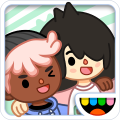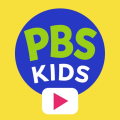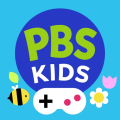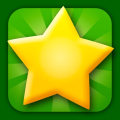
Starfall, a popular educational website and mobile application, has been an integral resource for children's early education, focusing primarily on reading, math, and language arts. Since its launch, Starfall has expanded its horizon, encompassing a wider range of subjects, including music, arts, and social studies. This platform utilizes games...
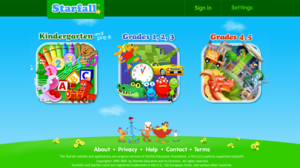
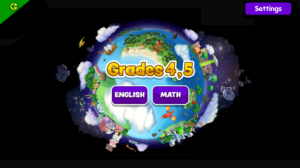
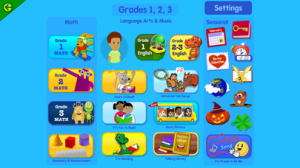
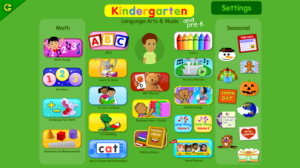
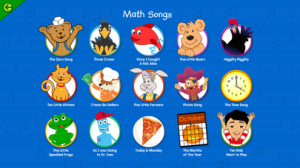
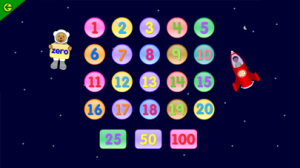
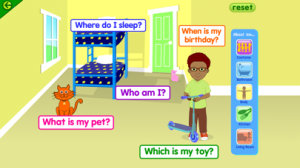
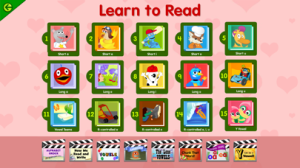
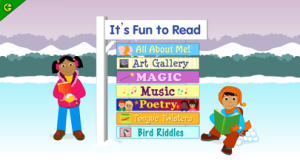
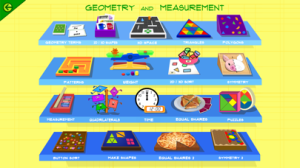
Starfall
Starfall, a popular educational website and mobile application, has been an integral resource for children's early education, focusing primarily on reading, math, and language arts. Since its launch, Starfall has expanded its horizon, encompassing a wider range of subjects, including music, arts, and social studies. This platform utilizes games, songs, and interactive activities to foster an engaging and fun learning environment. The service, available both on the web and as a mobile app, aims at children from preschool to second grade, making it a versatile tool for early learners.
Often recommended by educators and parents alike, Starfall employs a phonics-based approach for its reading activities alongside number games that enhance math skills. Each activity is designed to bolster student confidence and encourage self-paced learning. But what precisely makes Starfall stand out? Let's dive deeper into its features and educational value.
Educational Merits: Why Starfall Excels?
Starfall’s educational approach is deeply rooted in interactive learning. By turning lessons into games and songs, children find the learning process attractive rather than intimidating. Phonics, for instance, is taught using animated characters that guide the children through sounds and syllables, significantly enhancing their reading and speaking abilities. For mathematics, Starfall integrates basic concepts such as counting, addition, and subtraction into visually stimulating games that captivate young minds.
Beyond reading and math, Starfall introduces children to concepts of color, motion, and sound through its activities in music and art, thereby promoting all-round educational growth. The diversity in learning disciplines ensures that children can explore and broaden their horizons at their own pace and interest, which is essential in fostering lifelong learning skills. Furthermore, the platform consistently receives fresh updates, maintaining its vibrancy and alignment with contemporary educational requirements.
Furthermore, the use of repetitive yet varied reinforcement helps solidify the learning objectives. Each educational chapter concludes with quizzes and summary activities that serve to review and consolidate the knowledge gained.
Potential Limitations: Where Starfall Could Improve
Despite its many strengths, Starfall is not without areas needing improvement. One significant limitation is the depth of content for older or more advanced students. While perfect for beginners and young learners, children on the upper end of the service's age range may find the content too repetitive or not challenging enough, which may lead to a reduction in their engagement over time.
Additionally, some educators have expressed concerns about the need for more diverse and inclusive content. While Starfall does a good job at introducing basic concepts, its potential to instigate discussions on cultural, social, and environmental themes is not fully realized. Expanding its curriculum to include these topics could provide a more comprehensive educational tool.
Moreover, the user interface, although child-friendly, sometimes receives criticism for not being intuitive enough for the youngest users, requiring occasional adult assistance. Improvements in guidance and navigation could make Starfall even more accessible.
Community Impressions: What Users Are Saying
Feedback from users—parents, teachers, and children—highlights the positive impact of Starfall on early education. Many commend its engaging approach and breadth of activities that cater to various learner types. Reports from classrooms and homes suggest that Starfall has significantly helped children improve their reading skills and mathematical understanding.
Nonetheless, while the praise is abundant, the suggestions for deeper and more varied content reflect a desire for Starfall to evolve into a more rounded educational platform. Parents express a desire for modules that tackle more advanced topics and cater to children with higher skill levels. This feedback is essential as it guides potential enhancements, ensuring that Starfall continues to meet the educational demands of its audience.
Conclusion
In sum, Starfall presents a substantial foundation for early learning with its interactive and multifaceted approach to education. While there are areas for improvement, such as content depth for advanced learners and enhanced UI intuitiveness, the overall impression from users is predominantly positive. With ongoing updates and receptive feedback mechanisms, Starfall is likely to continue being a beloved educational tool in many learning environments.
